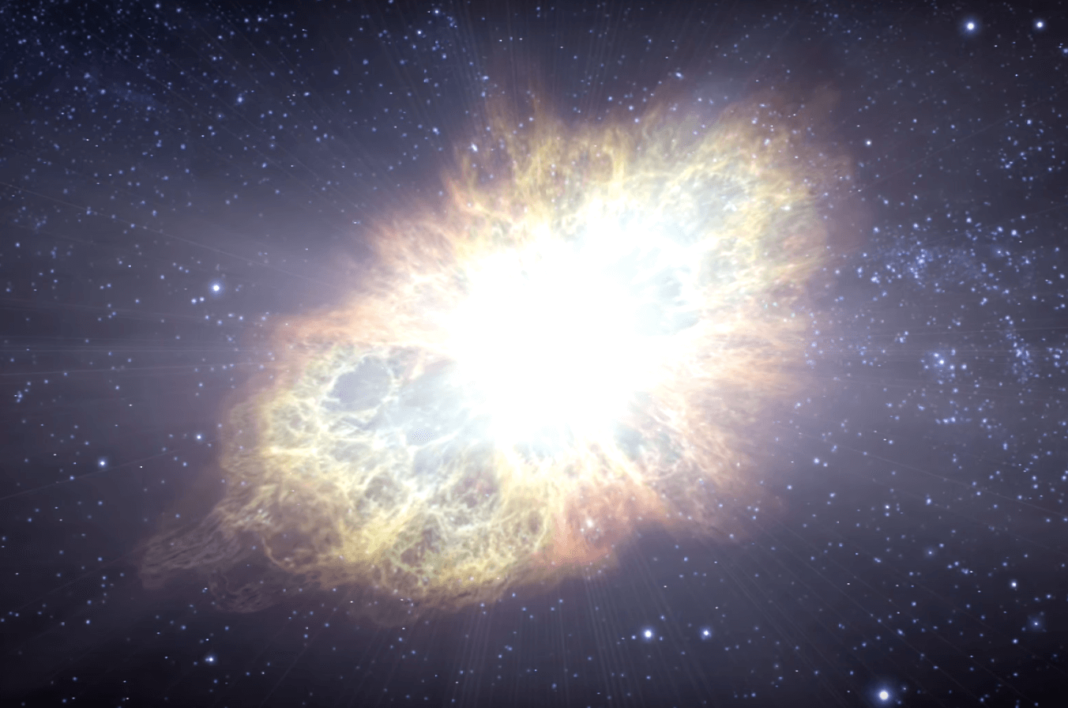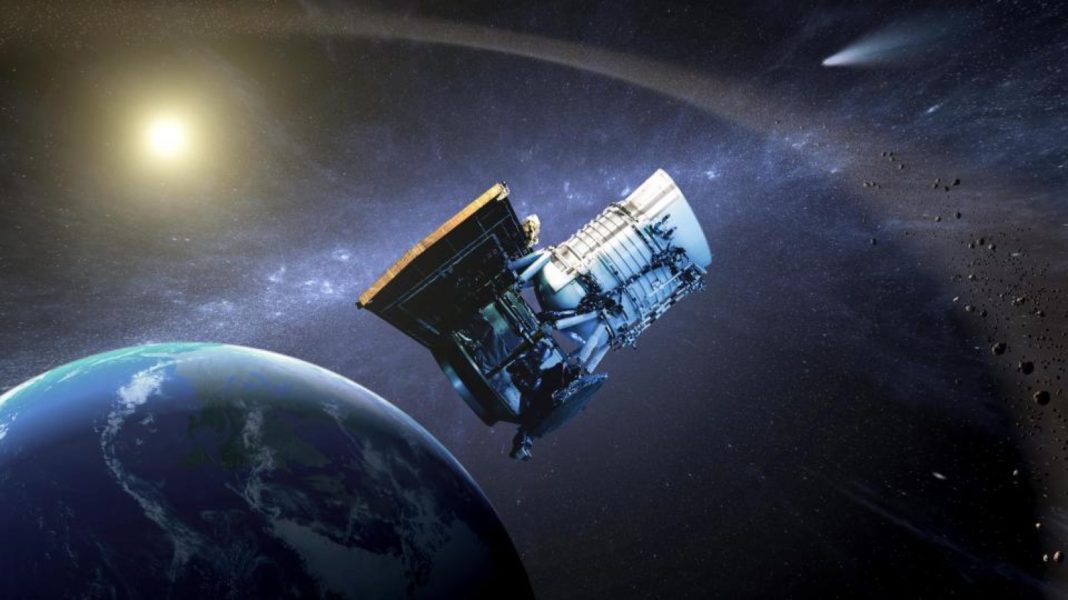Betelgeuse is a bright red supergiant situated in the Orion constellation that could go supernova at any time. Researchers predict that at a distance of around 640 light years away, Betelgeuse could have gone supernova at any time since the 14th century onwards. The thing is because it’s one of the brightest stars in the sky, and only 13% of its energy output is visible to the human eye; we wouldn’t know even if had gone supernova.
This insanely bright star is around 900 times the size of our own Sun, and because it’s a pulsating star, it’s diameter changes over time. It also loses mass constantly as the outermost layers are expelled, resembling flames emanating from a star as it does. Researchers know that Betelgeuse won’t live very long – perhaps only 10 million years at the most. The reason for this is the bigger it is, the more fuel it burns through, and Betelgeuse being the size it is, burns very, very, brightly indeed. We know that it’s in its final stages of life and when the innermost core begins to fuse silicon and sulfur into iron, cobalt, and nickel, the star will only have minutes left.
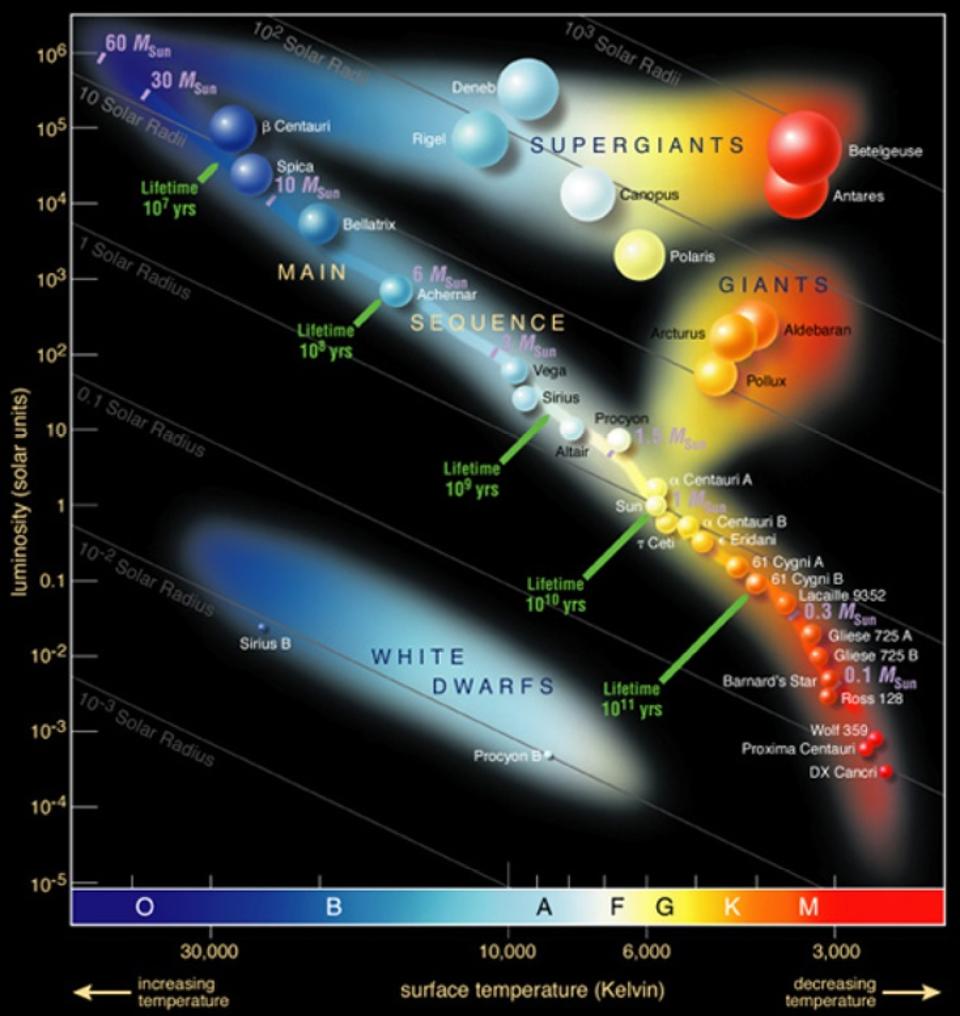
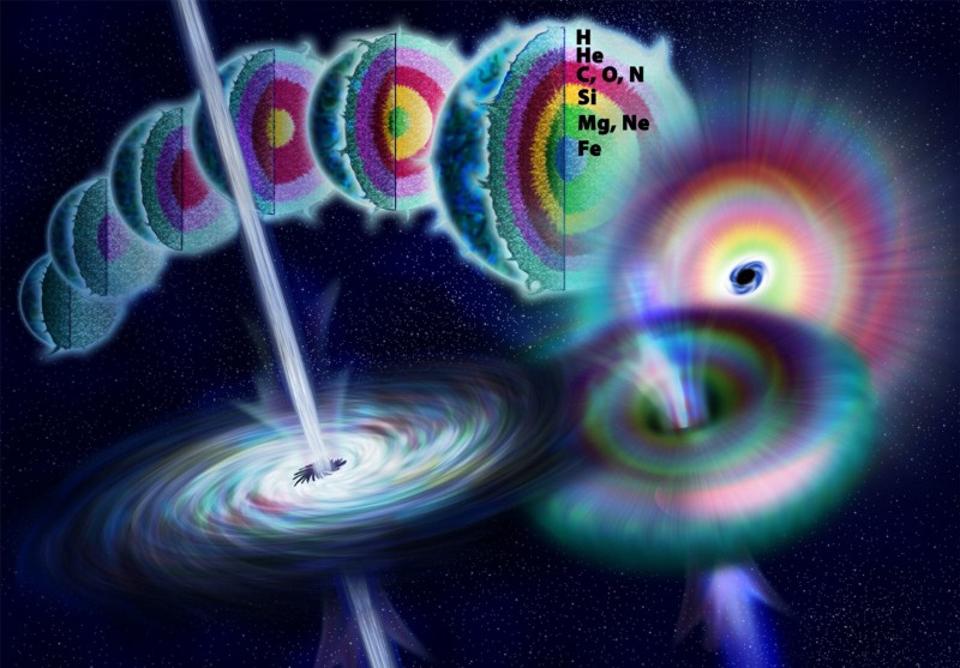
During those last final moments, even though the core is so very hit, the cobalt, iron, and nickel won’t be able to fuse into anything heavier, and as a result, new radiation will appear in the innermost areas. The core begins to implode and heats up becoming denser and more pressurized than ever before. Eventually, once that critical point has passed, a runaway fusion reaction occurs in the atomic nuclei and a supernova is born. The star will remain super bright for a few weeks, rising to a brightness billions of times as bright as the sun. When it reaches this maximum brightness, it will stay this way for a further few weeks as radioactive cobalt and expanding gasses continue to escape.
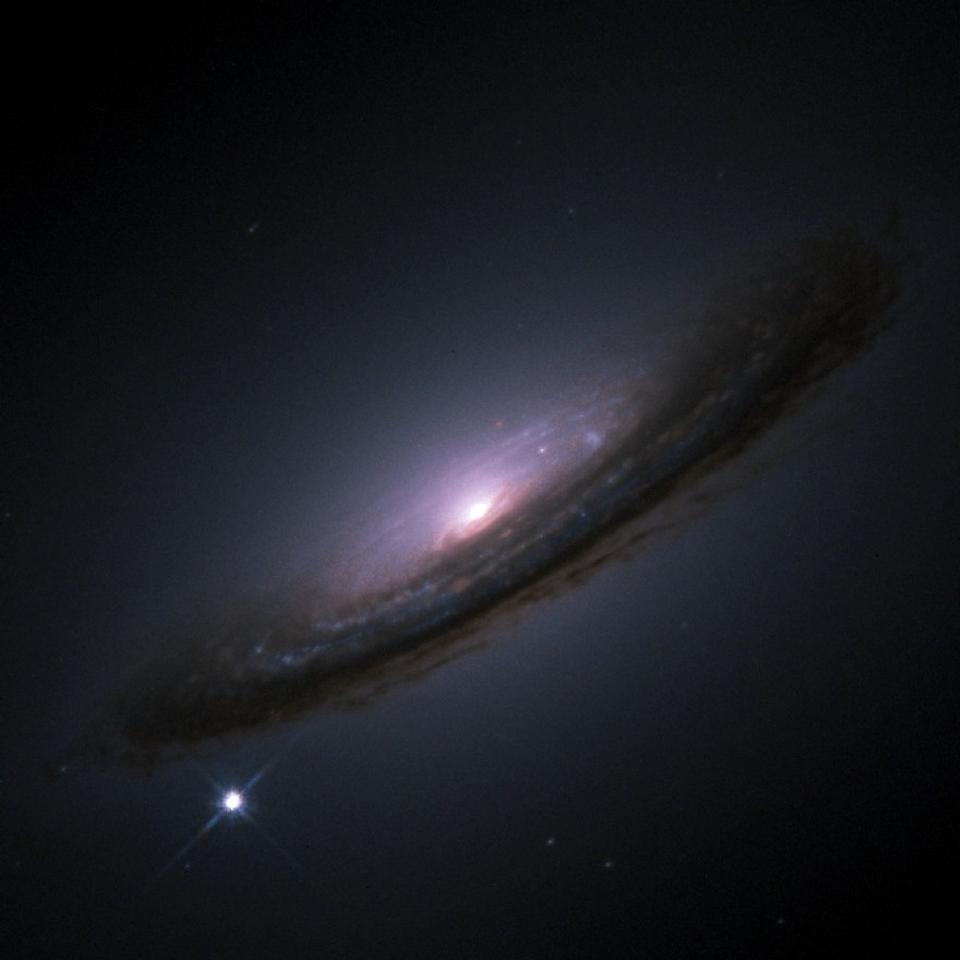
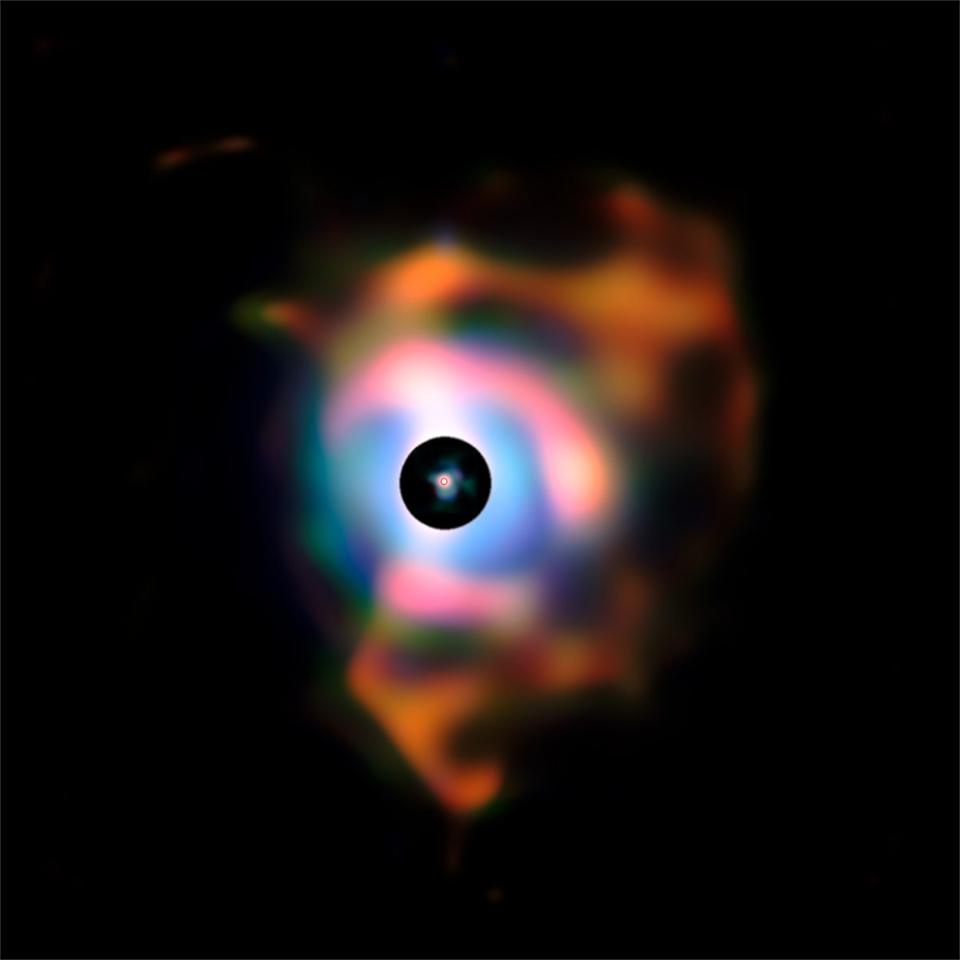
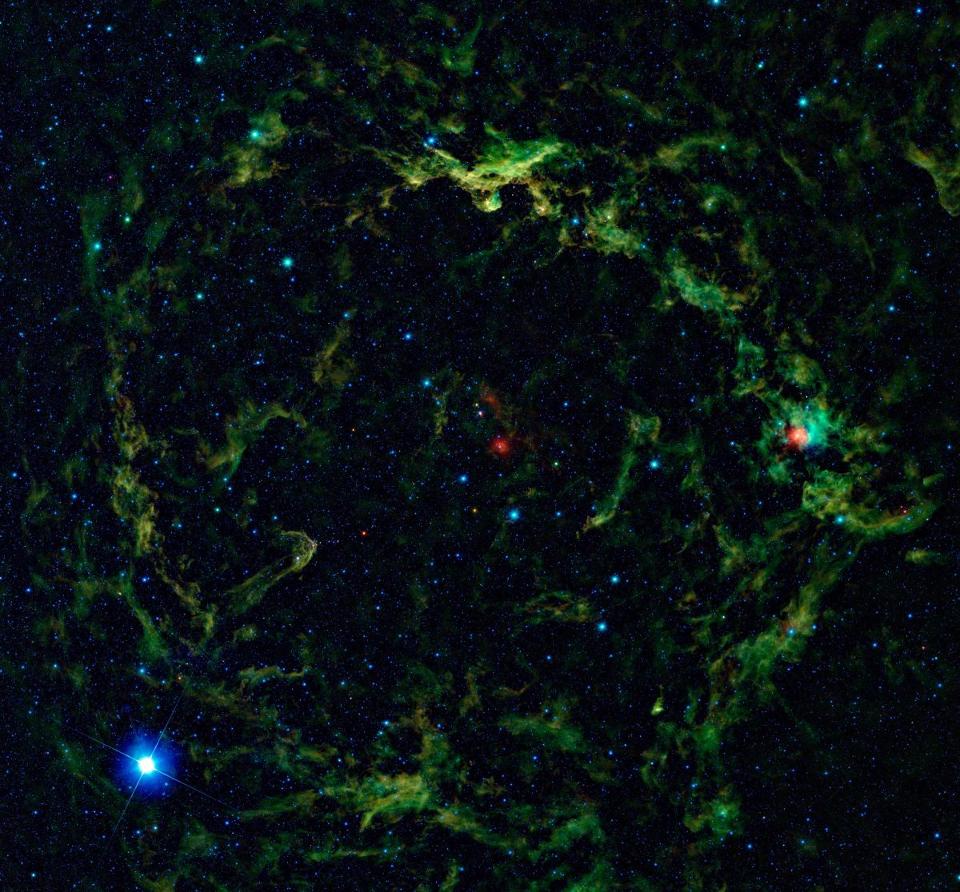
There have been several other recordings of supernovae in our Milky Way, but none were as close as Betelgeuse. But don’t worry, at around 600 light years away we’re pretty safe from any potential harm it could cause. It will, however, become a rival of the moon for the title of the second brightest object in the sky. While some experts say it will only get as bright as a thick crescent moon, others say it could be as bright as a full moon. Now, it’s just a case of waiting.
More News to Read

